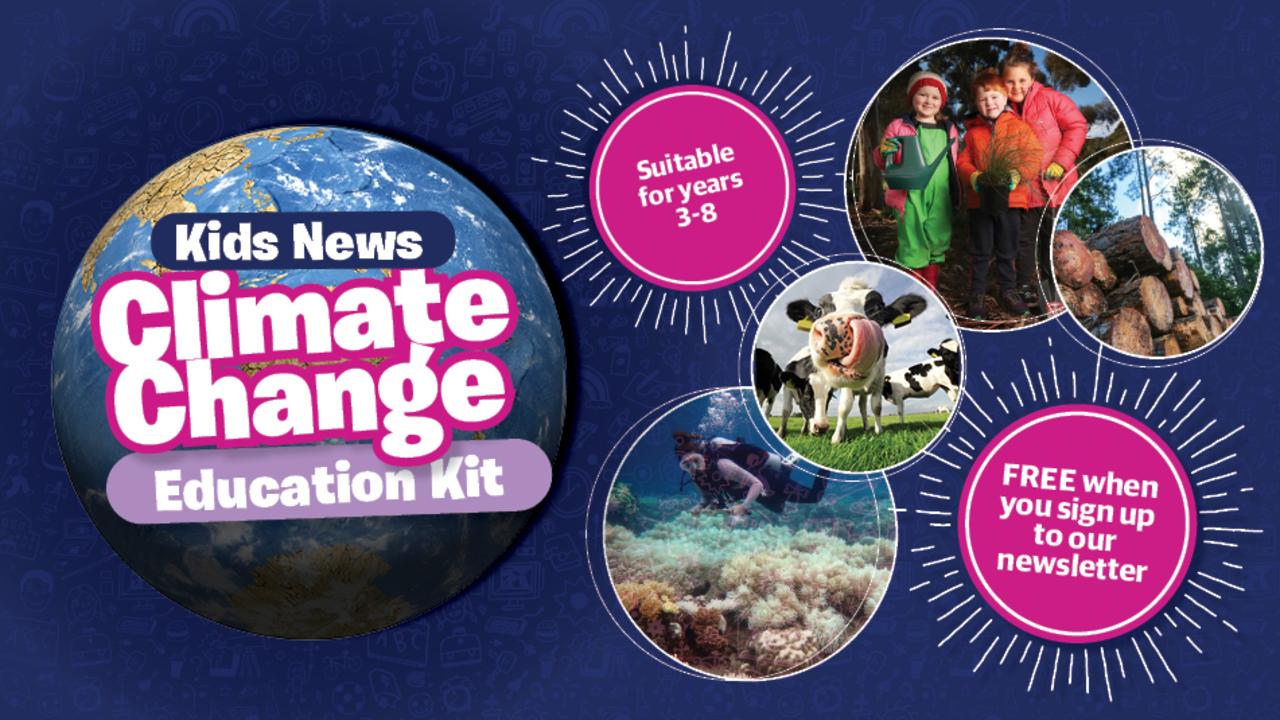Climate change Part 3: Where greenhouse gases come from
PART 3: Human activity is warming our planet. We look at where greenhouse gases come from and which countries are the biggest emitters
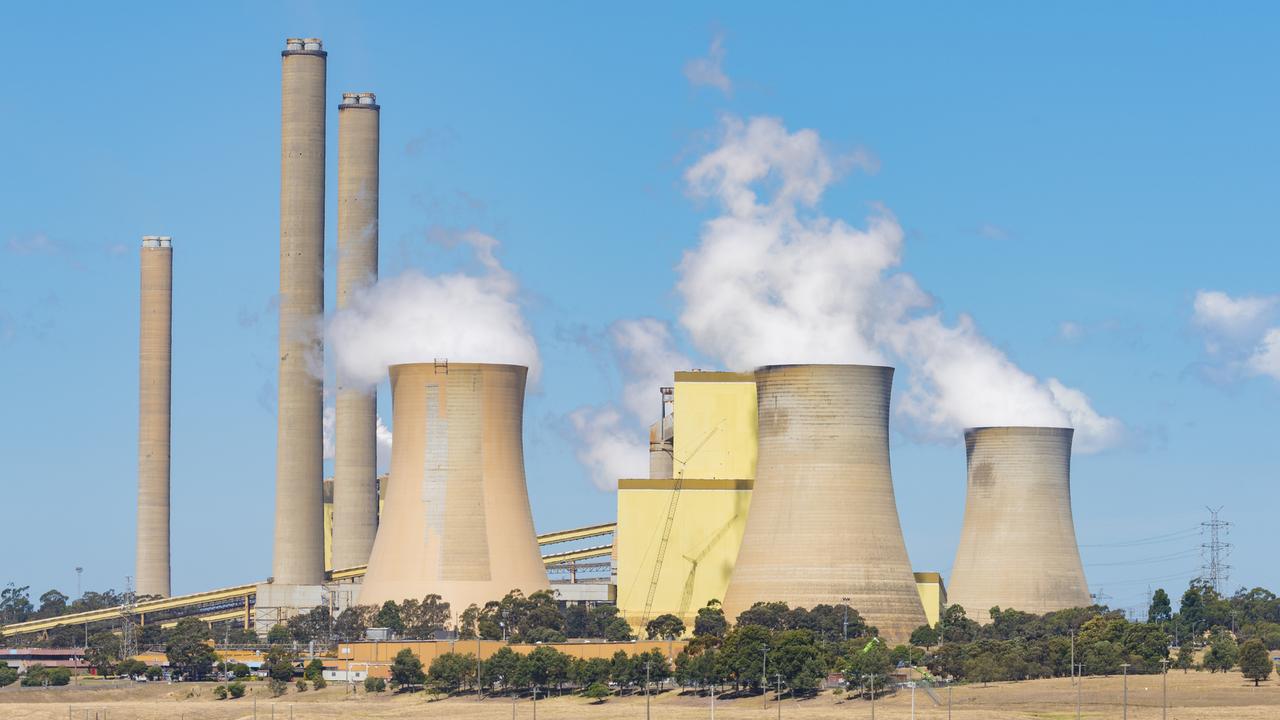
READING LEVEL: GREEN
Humans are changing the climate of Earth by doing things that emit* greenhouse gases* into the atmosphere*. Which humans? How?
WHAT MAKES GREENHOUSE GAS?
International research organisation the World Resources Institute (WRI) released a report in February 2020 that explains where greenhouse gas is coming from.
The WRI found that greenhouse gas emissions* grew by 50 per cent from 1990 to 2018 and that the cause of 76 per cent of the human-made greenhouse gases was our energy use.
Making and driving cars and other transport, and constructing and using buildings are our highest emitting activities. This includes fuelling your family’s car on petrol or diesel, delivering groceries to supermarkets, charging iPads, heating and lighting your house and making the materials to build your house.
The next most polluting human activity is agriculture, at 12 per cent of human-caused greenhouse gas emissions. Agriculture includes farming animals and growing crops, for food and fibre such as wool and cotton.
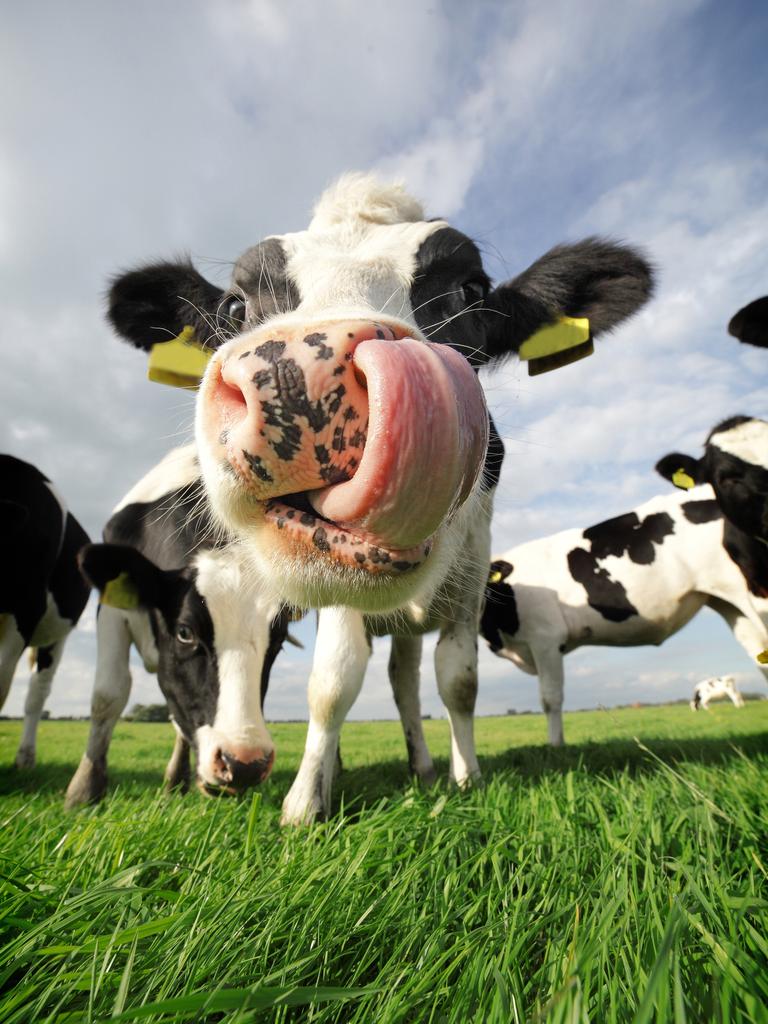
Other greenhouse gas emitting activities are industrial processing of chemicals and cement (5.9 per cent); waste, including landfill and waste water (3.3 per cent); and land use, including clearing forests (2.8 per cent).
BIG COUNTRIES, BIG EMISSIONS
A small number of countries contribute most of the world’s total greenhouse gas emissions. In fact, the world’s top three emitters contribute 16 times the greenhouse gases of the bottom 100 emitters. The top emitters mostly have large populations and a lot of economic activity.
MANY WAYS TO MEASURE
There is more than one way to measure a country’s greenhouse gas emissions. Some lists include only the emissions used in that country (called domestic* use).
Others include emissions caused elsewhere in the world, such as by exporting* fossil fuels like coal. Other lists include changes in land use, such as clearing forests for farms, but some lists don’t.
Some lists include only emissions of carbon dioxide; others include greenhouse gases such as methane, expressed* with a unit called carbon dioxide equivalents*.
Another way to rank emissions by country is to adjust for population, showing the level of emissions per person, or per capita.
HOW DOES AUSTRALIA RATE?
Although Australia isn’t on the top 10 emitters list, things don’t look so positive in rankings of emissions per person.
By looking at population, Australia is at or near the top of most lists of the world’s highest emitters.
Figures from the WRI show Australia emitted 24.63 tonnes of carbon dioxide equivalents per person in 2018, second only to Qatar (35.89 tonnes per person), an oil-producing country in the Middle East.
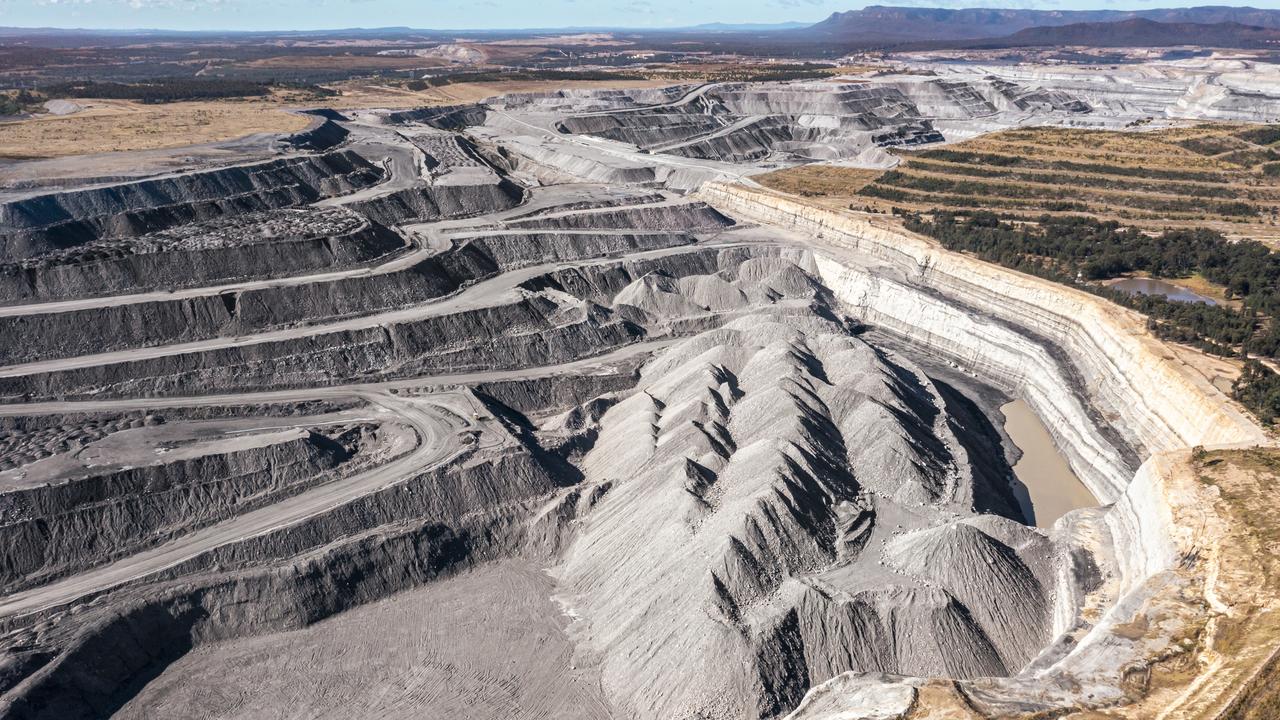
Australia is ahead of Canada (19.56 tonnes), the US (18.44 tonnes), Russia (17.6 tonnes), China (8.87 tonnes) and the European Union (7.98 tonnes).
The emissions of several countries that have been big emitters have already peaked or will peak soon, because those countries are working to meet the targets they set in the Paris Agreement*. Having peaked, they are expected to start to reduce.
China has committed to reach peak emissions before 2030.
And in the US in 2019, renewable energy* sources produced more power than coal for the first time in more than 100 years.

AUSTRALIA’S DOMESTIC EMISSIONS
The Australian government tracks greenhouse emissions and makes this information available to the public four times a year through the Australian National Greenhouse Accounts.
Most of Australia’s domestic emissions come from making and using electricity. Seventy-five per cent of our electricity is made by burning coal, a proportion greater than any other developed country. Another 16 per cent of our electricity comes from natural gas, another fossil fuel.
EXPORTING TO THE WORLD
According to government agency Geoscience Australia, Australia is the world’s largest exporter* of coal. Some reports put Australia second behind Indonesia. Either way, we are a big exporter of coal.
Calculations published in Nature journal on September 9, 2021, reveal that Australia must leave almost all its coal in the ground, as well as most of its oil and gas, if the world is to have a 50 per cent chance of keeping global warming to 1.5C, the Paris Agreement’s minimum goal. Scientists suggest that 95 per cent of Australia’s coal must be regarded as “unextractable*”.
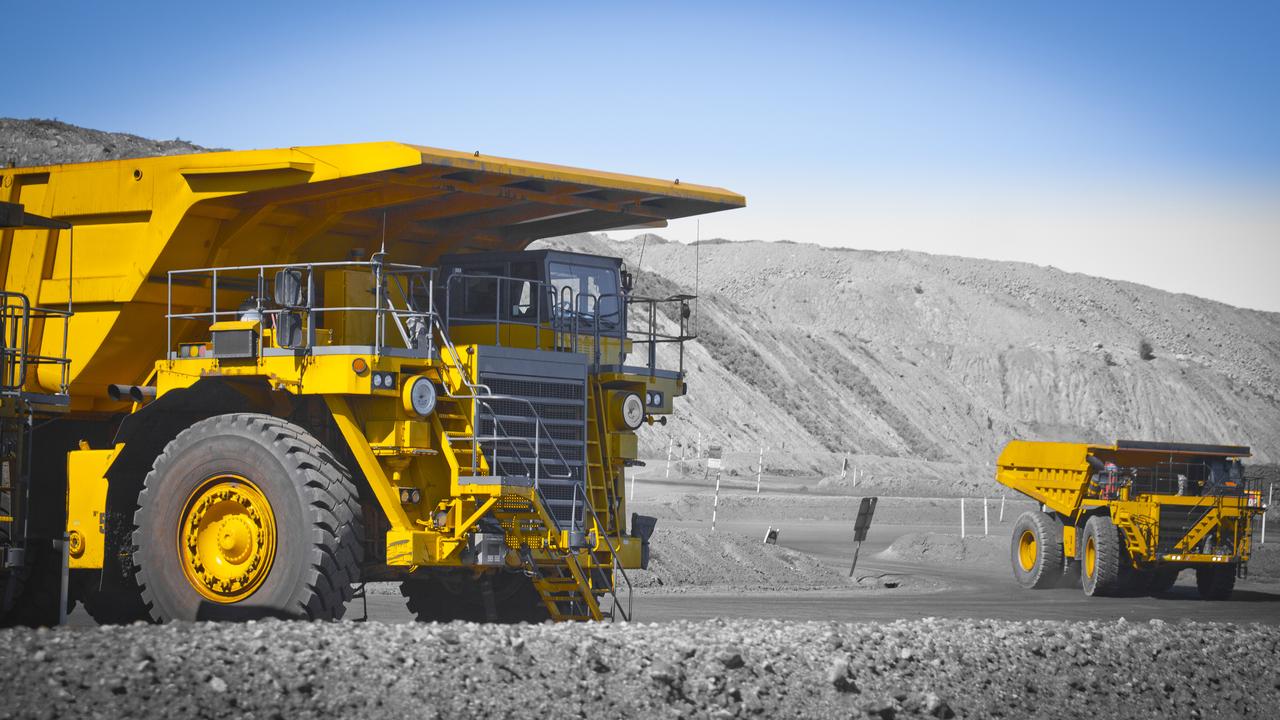
In a statement on September 6, 2021, Australia’s Resources and Water Minister, Keith Pitt, said Australia had no plans to stop mining and exporting coal “well beyond 2030”.
“Coal consumption* is forecast by the International Energy Agency to grow over the next decade to meet the energy demands of countries like China, India and South Korea. Australia has an important role to play in meeting that demand,” Mr Pitt said.
GLOSSARY
- emit: produce and release or discharge
- greenhouse gases: gases in the Earth’s atmosphere that trap heat. They include carbon dioxide and methane
- atmosphere: gases that surround planets, including Earth
- emissions: harmful gases that are produced and released into the environment
- domestic: within a country
- exporting: send to another country for sale
- fossil fuels: fuels, such as gas, coal and oil, that were formed underground from plant and animal remains millions of years ago. They are turned into energy when burnt
- expressed: shown
- equivalents: things that are equal to or the same as something else
- Paris Agreement: an agreement signed in 2015 setting out how each country plans to cut its emissions and slow climate change
- renewable energy: energy that is produced from sources that will not run out, such as solar and wind
- exporter: country that sends items to another country for sale
- unextractable: not able to be removed or taken out
- consumption: the amount used
EXTRA READING
How climate change affects Australia
How the world is working as one
Australia’s climate plans and promises
How to cope with climate worries
QUICK QUIZ
- How much did greenhouse gas emissions grow from 1990 to 2018?
- What is responsible for 76 per cent of the human-made greenhouse gases?
- Which country produces the largest percentage of global emissions?
- Where did Australia rank for emissions per person in a 2020 report by the World Resources Institute (WRI)?
- How many tonnes of carbon dioxide equivalents per person did Australia produce in 2019?
LISTEN TO THIS STORY
CLASSROOM ACTIVITIES
Refer to the accompanying Climate Change Education Kit classroom workbook with 20 activities. It’s FREE when teachers subscribe to the Kids News newsletter.
